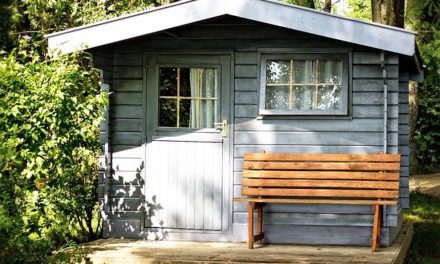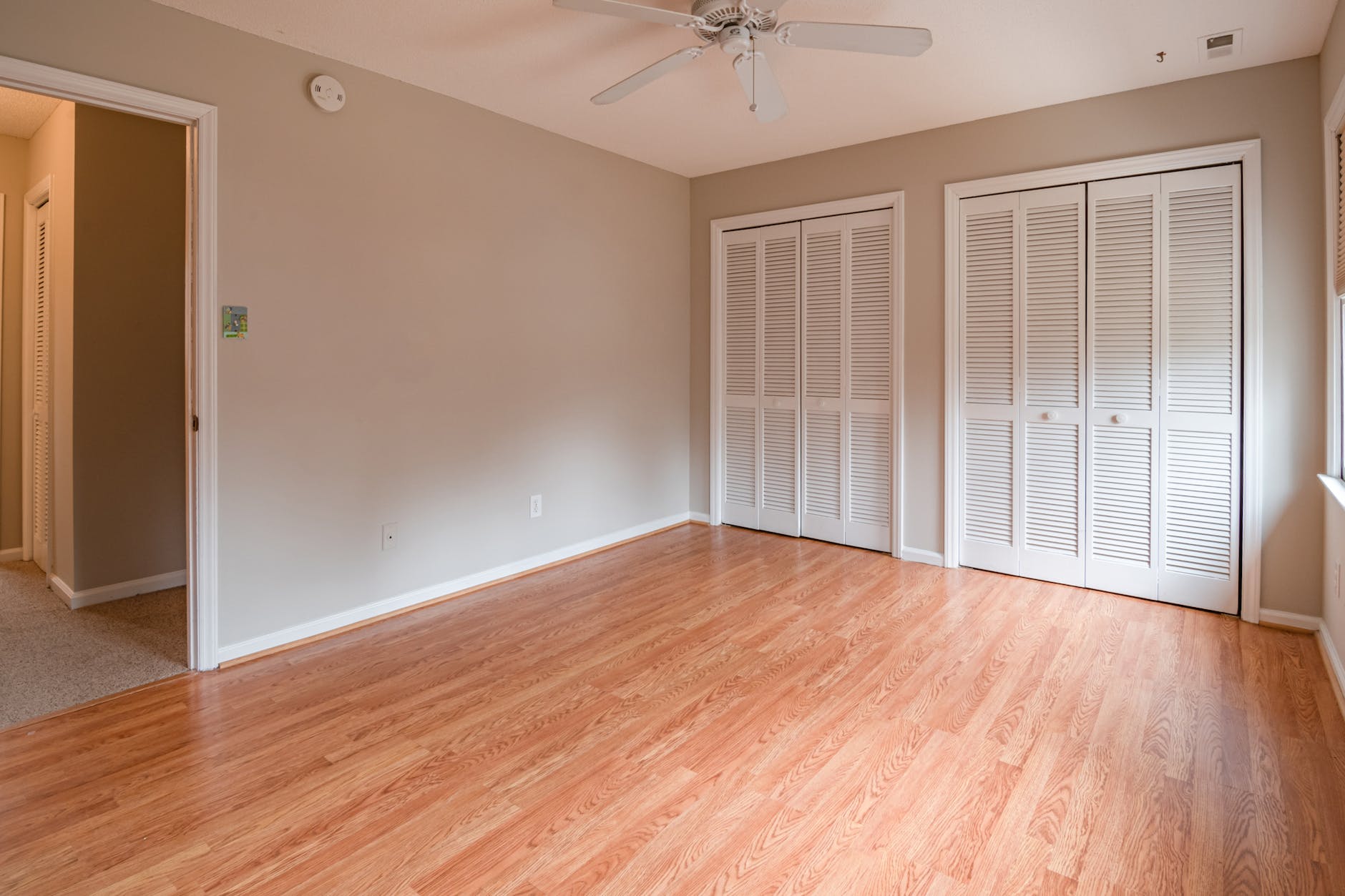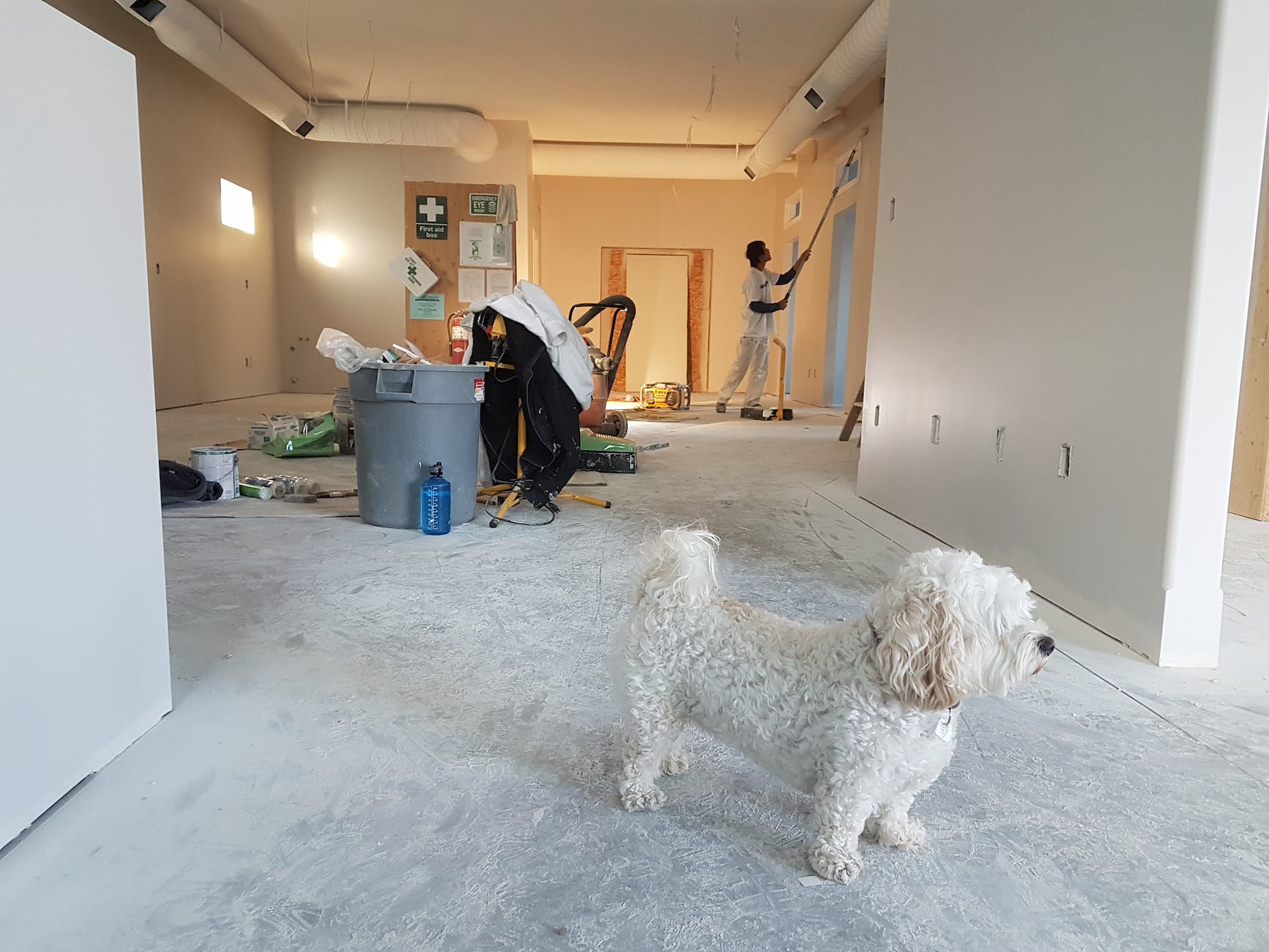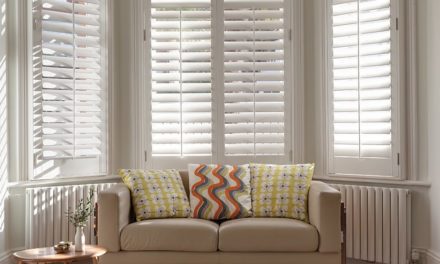
Adding a Storage Shed to Your Garden
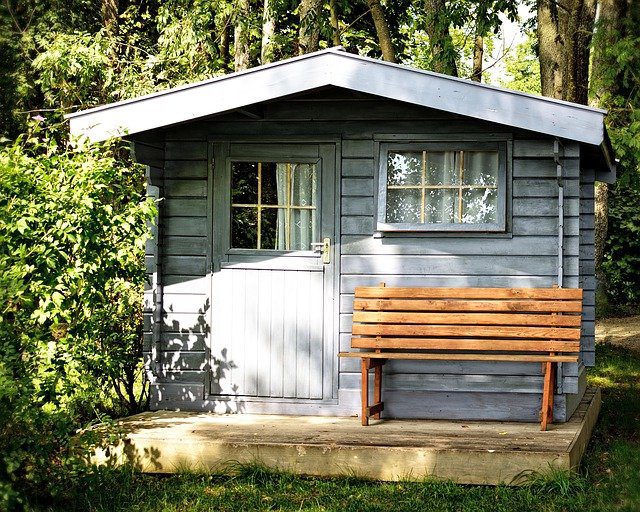
*This is a collaborative post
Storage sheds can fulfil a number of different purposes. You may need somewhere to store your garden equipment or family bicycles, or you might want a place to keep DIY tools and equipment. Whatever the reason why you are considering buying a storage shed, it’s important to select the right one.
Shed Options
Here are the main things to think about when buying a storage shed:
How large does your shed need to be? Consider how much stuff you plan on storing in the shed. The more you have, the larger the shed will need to be.
How secure does the shed need to be? Theft from outbuildings is a problem in some areas. Sheds are not as secure as garages and homes, so an opportunist thief might take a chance and break in, hoping to steal a few items he can sell on quickly for cash. Items like bikes, lawn mowers, power tools, and gym equipment are easy to get rid of online or in-person.
What storage options do you need? – From racking systems for larger items to plastic containers for smaller accessories and DIY supplies, think carefully about how you want to store the contents of your shed.
How much insulation do you want? If all you need is some additional storage space, extra insulation isn’t an issue, but if you have plans to use the shed as extra living space or somewhere to house your pets during the day, it will require more insulation. The downside is that extra insulation is more expensive.
What material does it need to be made from? Sheds are most often constructed from timber, but that isn’t your only option. Metal sheds are stronger and more suitable for storing vehicles and expensive tools. Plastic sheds are weather resistant and will last longer than a timber shed.
Shed lighting is important if you plan on visiting the shed at night, perhaps to retrieve a tool or park your bicycle. Solar lighting can be used anywhere, but if you need wired in lights, the shed will have to be located within range of a power source, or you’ll need to run a steel armour cable from the main house and connect it to the ring main (which is a job for an electrician).
Choosing a Shed
Once you have your shopping list ready, decide what style of shed you want. There is plenty to choose from, including traditional apex roof sheds and pent sheds, which look great when positioned at the side of a wall or fence.
Shedstore has a large range of storage sheds. There is also a useful buying guide to help you select the right model, as well as shed accessories.
Pick the Right Location
Location is important. Your shed is best located near the house, as this is more secure, but it really depends on what you want to use it for. Choose a level site or be willing to adjust the level of a slope. A shed needs to be sited on a firm, flat base. Ideally, this should be concrete, but concrete pavers will do. If a wooden shed is in contact with soil or grass, it will rot from the ground up (this is not an issue with a plastic shed).
Be careful not to position a shed too close to a tree or shrub that might grow, as this could cause damage to the shed.
Build Your Own Shed
Anyone with a decent set of tools probably has the capability to build their own storage shed for the garden. There are kits available that can be assembled from the individual components or if you like a challenge, why not try building a shed from pieces of raw timber?
Unless you are a professional builder or carpenter, some of the terminology and skills may seem like a foreign language to you. There is no need to fear because any DIY sheds will come with a guide to walk you through what you need to do, step by step, in the order in which you need to perform each part of the project. From a materials list to general instructions and bonus tips on each page, you will find just what you need to know to get your shed built.
Read the Instructions
It is recommended that you read through the instructions all the way to the end before you pick up a single tool, nail or piece of wood. This will help you to visualise how the shed is to be constructed and why one step follows another. If not completed in the order instructed, you could run into some problems along the way that could significantly delay the completion of your storage shed. Once you have read through it, it is time to begin an inventory of the materials and tools you will need to begin
construction.
The first thing you might be asking is why there are so many lists of materials. Although this might seem a bit confusing to you, remember that each stage of the construction requires having the materials needed at hand along with any tools you might need to complete the task. It is suggested that you keep that page on hand as you follow the directions. Before hammering the first nail, make sure that everything you need for that portion of the building is right there at hand. There is nothing worse than reaching for a nail or a precisely cut-to-size piece of wood only to find that you don’t have it on hand.
Pay Heed to the Tips
Look for tips at the bottom of each page. These are given to help clarify exactly what you are doing and why you are doing it. For example, when you are on the final stages and are assembling the roof, it is important to understand why the roofing felt is overlapped by a few inches. Once you understand that it is the overlap that helps ‘waterproof’ the roof, you are likely to be more careful when laying it down underneath the roofing material.
Sheds are remarkably useful, and if you subsequently decide to move home, there is no reason why you can’t dismantle yours and take it with you!










